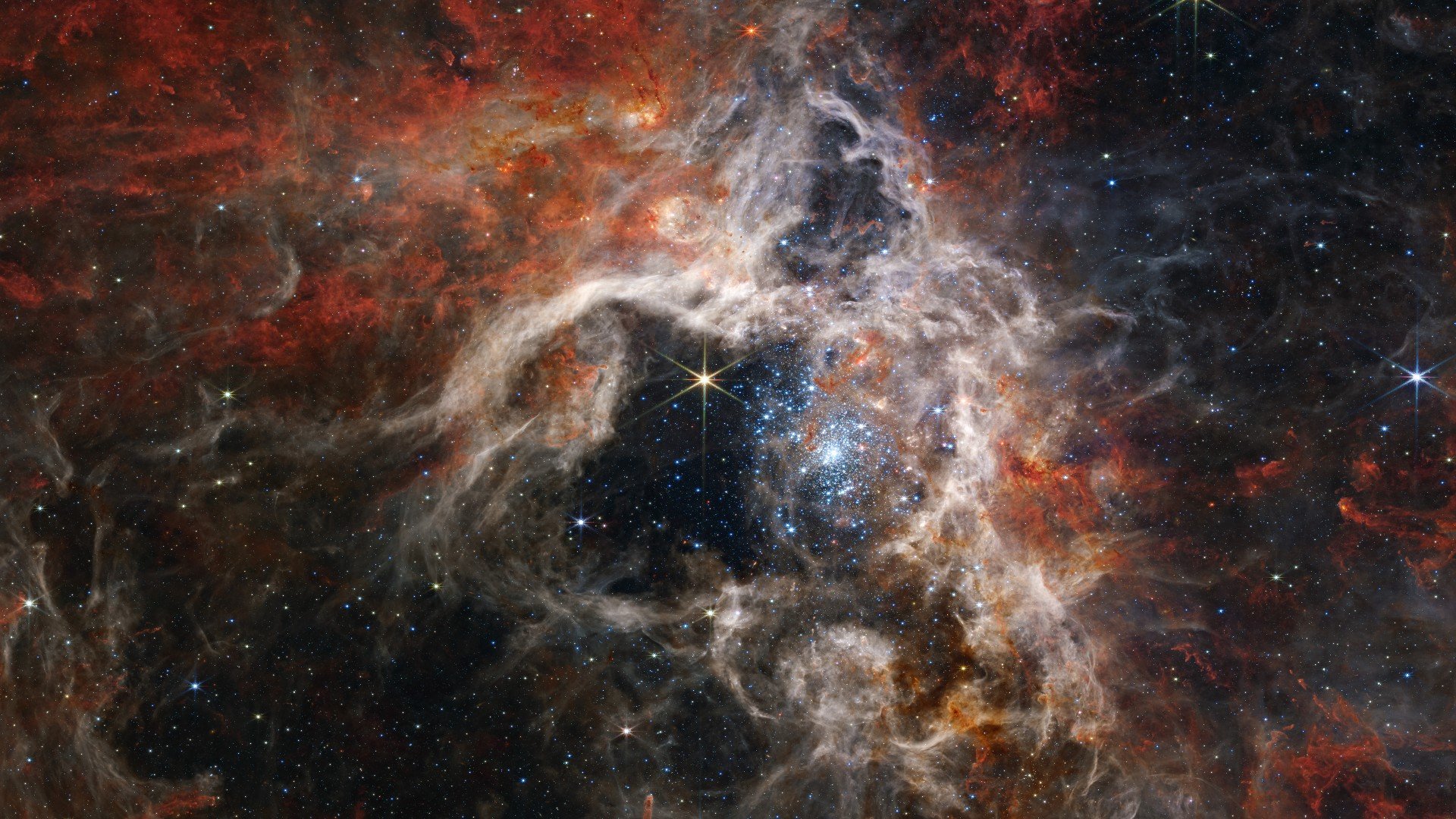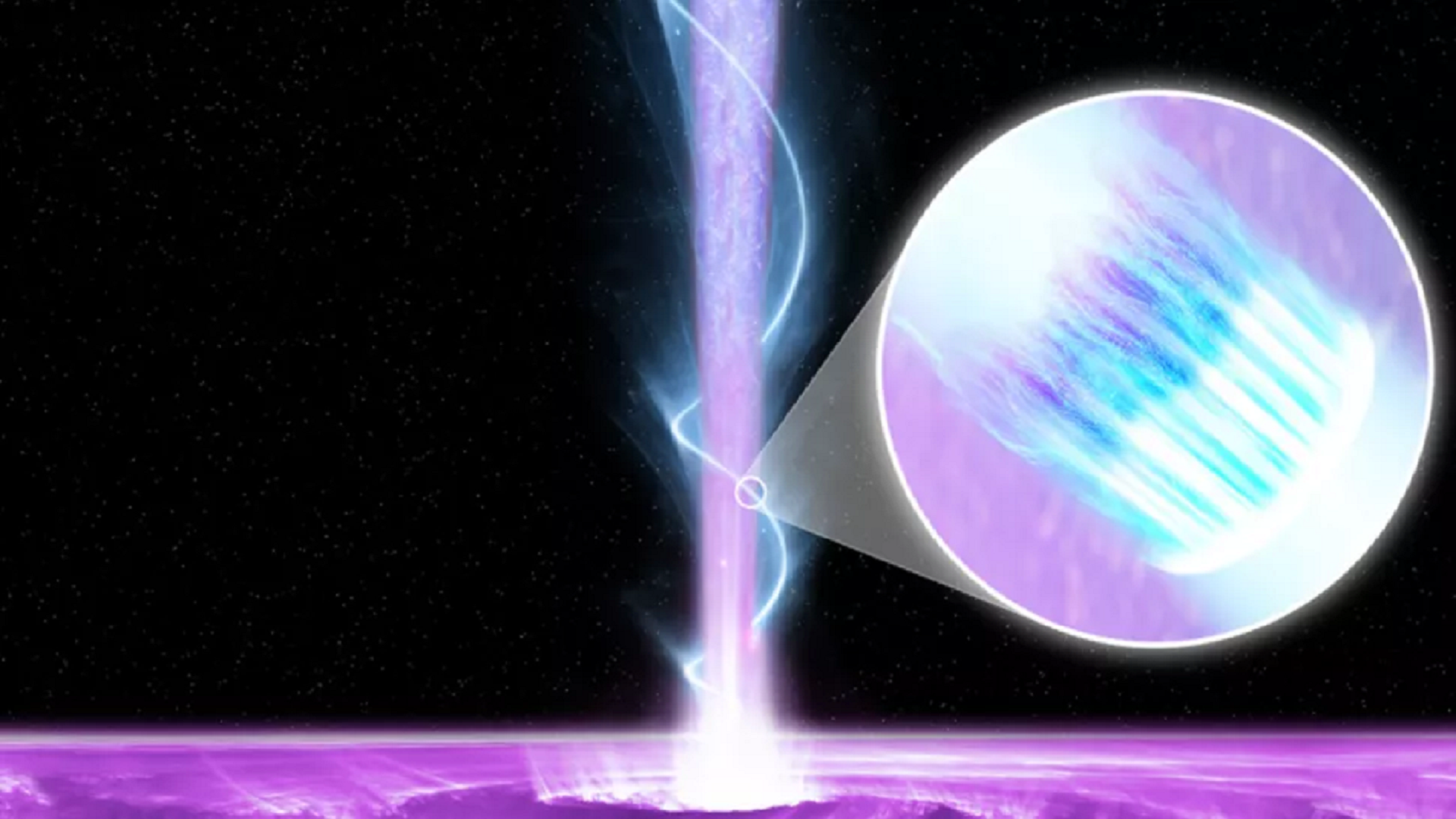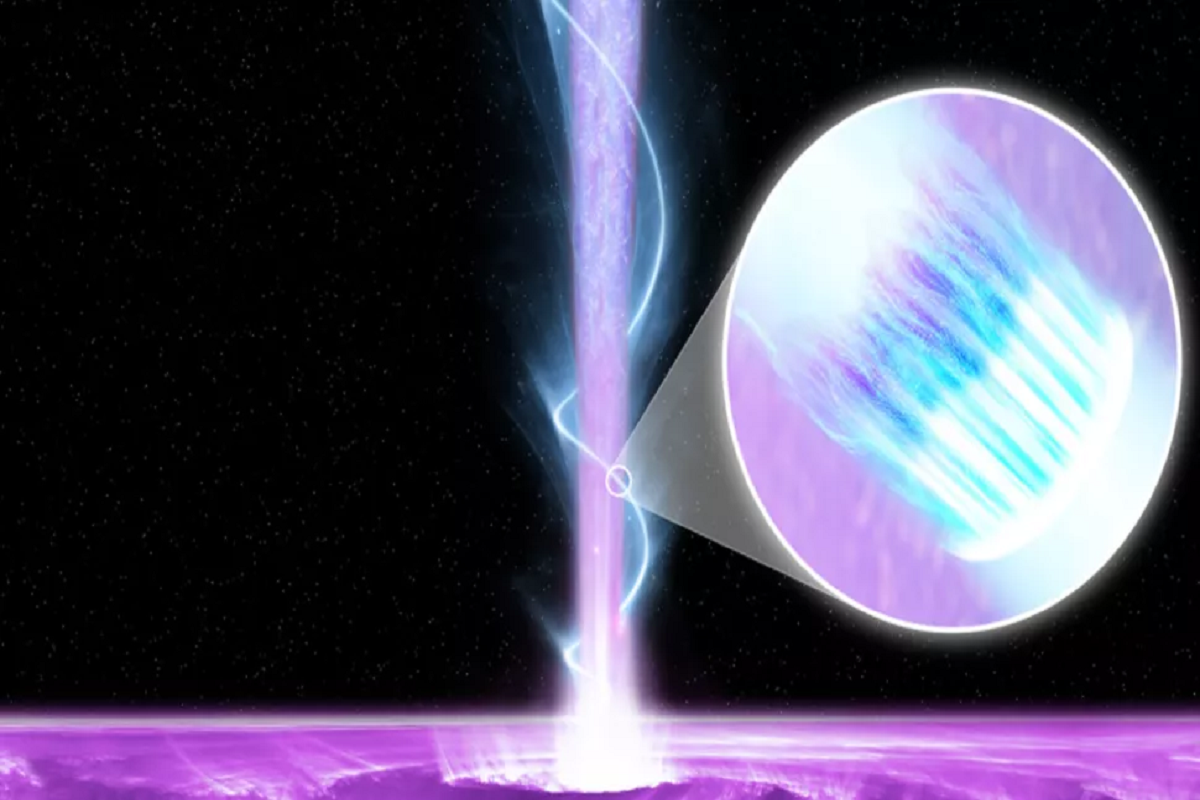The James Webb Space Telescope has once again taken some amazing pictures of faraway space. Astronomers are very interested in these pictures. They show distant stars and galaxies. The telescope captured pictures of 19 spiral galaxies, which is very cool. We can see millions of stars in these pictures, and this is something new for scientists.

This telescope can see different kinds of light, like near-infrared and mid-infrared. This helps scientists study stars, dust, and gas in space. There are many more spiral galaxies out there, like our own Milky Way.
Studying galaxies like this helps us understand how they are born and how they change over time. This is part of a big project called FANX. Over 100 astronomers from around the world are working on this project. They use different telescopes to gather information about galaxies, which makes the research easier.
The new pictures from the James Webb Telescope are really amazing. They show things that scientists have never seen before. Some new things they found are helping us understand how stars grow and change. The telescope’s infrared camera can see millions of stars shining brightly. It also took pictures of gas in the galaxies and big holes.
These holes are made by stars changing over time. Galaxies start growing from the middle and then spread out. This means that stars are smaller as you move away from the middle. Stars can live for a very, very long time, even billions or trillions of years.
Scientists are studying a lot about how stars are born and how they die. The James Webb Space Telescope launched into space in 2021. It started collecting data in 2022.


